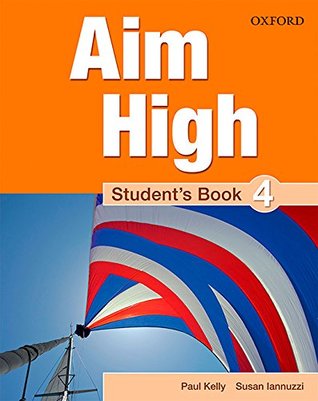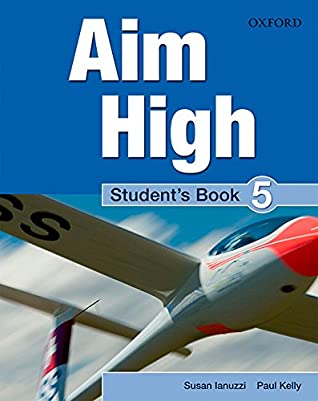The solitary Reaper
By William Wordsworth
Form
"The Solitary Reaper" was written on November 5, 1805 and
published in 1807. The poem is broken into four eight-line stanzas (32 lines
total). The rhyme scheme for the stanzas is either abcbddee or ababccdd.
(In the first and last stanzas the first and third lines don't rhyme, while in
the other two stanzas they do.)
Summary and Analysis of "The Solitary Reaper"
Behold her, single in the field,
Yon solitary Highland Lass!
Reaping and singing by herself;
Stop here, or gently pass!
Alone she cuts and binds the grain,
And sings a melancholy strain;
O listen! for the Vale profound
Is overflowing with the sound.
In the first stanza the speaker comes across a beautiful girl working
alone in the fields of Scotland (the Highland). She is "Reaping and
singing by herself." Either stop here or pass quietly and do not interrupt
her. She is alone in the field, cutting the wheat and pilling it together while
singing a sad song. The echoing of her song spreads in the whole valley.
No Nightingale did ever chant
More welcome notes to weary bands
Of travellers in some shady haunt,
Among Arabian sands:
A voice so thrilling ne'er was heard
In spring-time from the Cuckoo-bird,
Breaking the silence of the seas
Among the farthest Hebrides.
The second stanza is a list of things that cannot equal the beauty of the
girl's singing. Her voice is much sweeter than that of the nightingale. Her
song is a comfort and relief to the tired travelling across the Arabian deserts
as it tells them that they have at last reached a cool shady place after
travelling for long in the hot desert. Her voice is also more beautiful than
the voice of cuckoo which disturbs the silence of Hebrides Islands announcing
the coming of the lovely Spring.
Will no one tell me what she sings?--
Perhaps the plaintive numbers flow
For old, unhappy, far-off things,
And battles long ago:
Or is it some more humble lay,
Familiar matter of to-day?
Some natural sorrow, loss, or pain,
That has been, and may be again?
In the third stanza the reader learns that the speaker cannot understand
the words being sung. He can only guess at what she might be singing about. The
poet asks “will anybody explain her to me?” maybe she is singing a sad song
about ancient tragedies or wars and battles or maybe she is singing a very simple
song about the happenings of today; sorrow or sadness or pain that happens
frequently.
Whate'er the theme, the Maiden sang
As if her song could have no ending;
I saw her singing at her work,
And o'er the sickle bending;--
I listened, motionless and still;
And, as I mounted up the hill,
The music in my heart I bore,
Long after it was heard no more
In the fourth and final stanza the speaker tells the reader that even
though he did not know what she was singing about, the music stayed in his
heart as he continued up the hill. The poet stopped and stayed still without
moving when he saw her singing while she was doing her work “cutting the
wheat”. The poet listened to her without making a move. And while he was
climbing the hill her song remained in his heart.
Romanticism
elements in the poetry
Wordsworth is a romantic poet,
interested in Man in relation to nature. This poem shows a vast landscape with
a human in the centre. This poem starts with a visual image of a girl “single”
in the “field”. Here the romantic element of “aloneness is clear. Many words in
the first stanza denotes this; single, solitary, by herself, alone.
The
girl is presented as singing a “melancholy” tune. This is one of he most
powerful elements in Romanticism. The girl in the field represents Man in the
world and in time.
The
girl in the field represents Man in the world and in time. This developed in
the poem. She is alone doing her job. The love of nature is another feature of
the romantic school of poetry.
لتحميل الملف انقر






0 Comments
Thanks for you comment